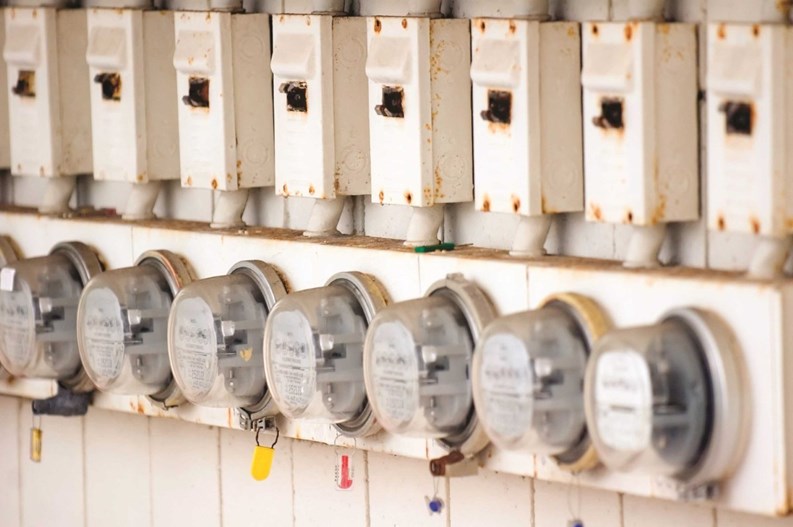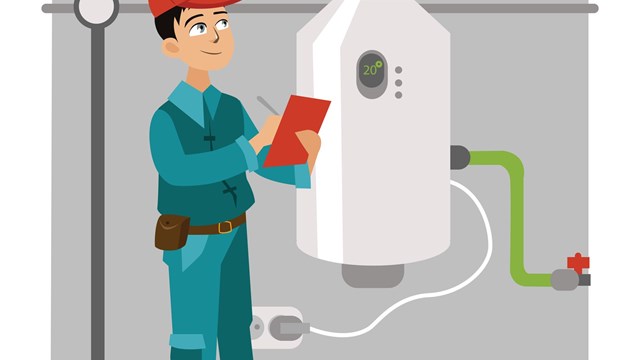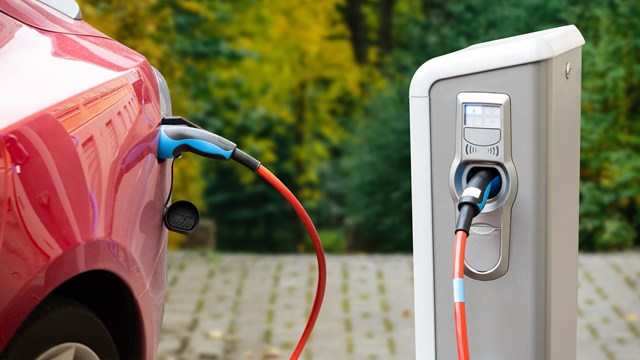Funny thing about human nature—it’s not impulsively "natural" at all. Despite knowing that 1.1 billion people lack clean drinking water and thousands of children die from the diseases in that dirty water, people living in better circumstances tend to ignore their own ability to decrease the amount of water waste through sensible, environmental practices. Like fixing the leaking toilet, turning the water off, upgrading appliances, taking shorter showers or defrosting food in the refrigerator instead of under running water, in other words, using less water.
The same holds true for gas and electric use. In condominium residences, where multiple units may share one “portal” with a single meter—and, therefore, simply split the utility cost—residents are less cognizant of waste.
Now, with half the country sweltering for most of 2014 and drought affecting everything from water supplies to the prices of vegetables and fruit, the issue of conservation has taken on a note of urgency. One way to save energy, as condominium managers know, is to install submetering (“real-time”) systems for water, gas and electric utilities.
Utility submetering is the process of allocating utility costs to individual residents in multifamily buildings. Costs are allocated on the basis of actual use as measured by a submeter installed in each unit. Each month the meter is read using a variety of meter reading methods and equipment. Meter data is collected and processed according to current local municipality’s rates. Residents will then receive a monthly billing statement with their calculated portion of the utility usage. Residents with big families, paying the same rate as singles for their water use under a single-metering system, may protest. But they'll also start to use less water. Statistics show at least a 20 percent reduction in usage after the installation of submetering systems.
Turns out that when the bucks used to pay the utility bills come from one’s own back pocket, the water bill goes down and the thermostat is dialed back.
Americans are certainly more aware of energy waste these days, but the temptation to waste is greater when the bill is the same, regardless of use. Submetering is a positive answer in a society that can no longer support waste. It’s also a more equitable approach for those who do their part to conserve.
Pay-for-Play
Reducing water, gas and electric is not just for the western and southwestern parts of the country, where drought and high temperatures have threatened the water supply for decades. The East Coast may not have these dire realities but the federal Environmental Protection Agency (EPA) is pushing to direct everyone’s thinking toward less waste and more conservation, regardless of region. Even manufacturers who rely upon water in myriad ways have taken it all seriously.
“The rising cost of water production and treatment makes conservation a priority, even where water is plentiful,” warns the Daniel L. Jerman Company of Hackensack, a supplier of water meters and related equipment. “Property developers and managers who invest in submetering quickly realize a positive financial impact. Submetering allows the transfer of most of the water and sewer utility charges to [users] ... The sewer utility cost based upon water usage is very often a multiple of the water cost, so the cost savings can be impressive. Tenant conservation reduces a property’s utility charges... Property value, for resale or refinancing, is increased significantly by the profit and cash flow improvement that submetering generates.” Individual meters increase awareness of water use, both in condominium settings and in apartment complexes, where, the company says, “tenants appreciate the fairness of paying for only their usage, and avoiding fee increases driven by others’ excessive water use.”
The EPA has approved submetering since the early 2000s, and operates several informational and voluntary programs having to do with water and energy conservation systems. In 2003, it revised an earlier policy that had relegated associations to the position of water “sellers” and increased the complexity of using a submetering system. Those early regulations no longer apply, so long as an association obtains water from a regulated public water system.
“When you submeter it takes the cost of the water consumption out of the HOA fees and it allows the residents to control how much they pay,” says Teresa Smetzer, director of business development at National Exemption Services, a company that provides submetering services and utility audits nationwide. “In other words one person is not paying the same amount as a family of five, and it promotes conservation.”
Recognizing Waste—and Fairness
Todd Quarterman, owner and president of WaterWatch Corp. in Rochester, New York, who recently signed on to provide utility billing services in a luxury, multifamily building in New Jersey, says there’s still a way to go in terms of submetering multiple-residence units. There are millions of them, and only a fraction of them are submetered. But the move is on, greatly due to the change in environment. The greater supply of water in Northeastern states doesn’t mean there’s any less need for conservation and thus, submetering, he says.
Utility prices are increasing every year, given more finite resources. When owners see their consumption through submetering, and must pay for their actual use—as opposed to a small portion of the shared bill for one-meter readings—the cost of waste hits home.
Basic installation of a water submeter averages $225 to $275 per unit, Quarterman says, but costs are highest when more complicated plumbing situations are involved, such as when two units are sharing one water outlet. “It’s not an easy application to install a submeter for that type of unit, and it can get expensive,” he explains. That’s the case with most condominium buildings built before 1980. “There’s an 80 percent chance they’ll have shared plumbing,” he says.
Downsides?
Opposition to submetering generally comes from unit owners with large families, who realize they are paying for only some of the water they use. “If a property is made up with 60 percent families and 40 percent couples, and they vote on submetering, there’s a good chance the families won’t want the submetering because they’re going to be held accountable for their usage, where it was a flat fee before,” Quarterman said.
That being said, he deems submetering “definitely more fair,” and considers it a win-win situation, for all the reasons previously stated. “You see a 20 to 30 percent drop in consumption,” he says. Once the initial quarreling is over, he says, people generally come around to realizing that submetering is both fair and environmentally friendly. “Each month, you receive a bill based on your water usage. The board needs to figure the proper way to pass a submetering proposal; once it goes through, they don’t have too many problems.”
Electric and gas submetering also encourage responsible use among residents while helping to control utility expenses, Quarterman says. “Installing submetering for electric and gas usually costs more if it’s more difficult to install, but it operates on the same level, allowing remote readings via radio transmitter. These individual readings also help identify leaks and other costly issues that need attention. They might not be as easy to identify with a master meter. Leaky faucets and toilets are handled, once an individual is paying the bill for water waste. Before submetering, they could look at usage every month or quarter, and not know where the leaks are. But after submetering, they’ll go find them.”
“There are usually complaints about submetering in the beginning because it’s new,” adds Smetzer. “But once people get used to it they actually like it because they can control their bill whereas if it’s in the dues there’s nothing they can do. If they walk outside and see someone left the hose running, there’s nothing they can do.”
Incentives change, however, and checking with the U.S. Department of Energy may lead to a roster of state incentives that can be applied to utility submetering—through their Database of State Incentives for Renewables and Efficiency (DSIRE) program. Benefits vary by state. Submetering a property can now also provide credits towards the Water Efficiency and Energy and Atmosphere categories of LEED certification.
Check Regulations
Subject to local regulations, utility submetering may allow an association to bill residents for their individual use or monitor consumption throughout the property—common or private—such as HVAC, indoor and outdoor lighting, refrigeration, etc. It also allows building managers to see energy use and equipment performance, leading to improvements in energy and capital expense savings.
In electrical submetering, typically a multi-unit dwelling has either one master meter for the overall property, or a meter for each building. The association remains responsible for the entire utility bill, but submetering allows the association to pin down each unit’s usage by quantity.
Submetering is legal in most states and municipalities, but owners should consult a utility management vendor for assistance with local and state compliance and regulations.
Ann Frantz is a Massachusetts freelance writer and a frequent contributor to The New Jersey Cooperator. Staff writer Christy Smith-Sloman also contributed to this article.







Comments
Leave a Comment